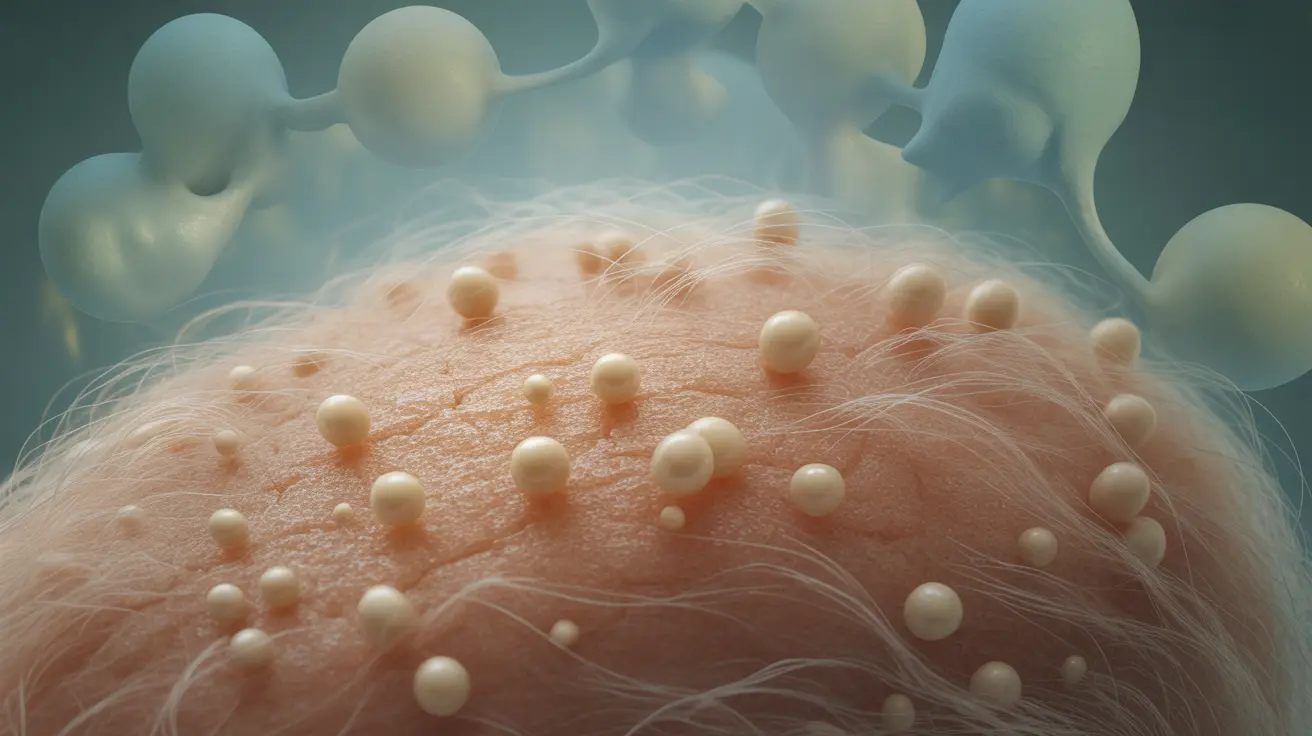II. Top High-Protein Foods
A variety of foods are rich in protein, which can be categorized into animal-based and plant-based sources.
A. Animal-Based Proteins
- Whole Eggs
Whole eggs are a highly absorbable source of protein, packed with vitamins, minerals, healthy fats, and antioxidants. While egg whites are predominantly protein, including the yolk provides additional nutrients essential for health.
- Chicken Breast
Chicken breast is a lean protein source, rich in B vitamins, zinc, and selenium. It is an excellent choice for those looking to increase protein intake without adding excessive fat.
- Lean Beef
Lean beef offers a substantial amount of protein along with bioavailable iron, zinc, selenium, and vitamins B12 and B6. However, moderation is key, as excessive consumption of red meat has been linked to certain health risks.
- Fish
Fish is not only a great source of protein but also provides omega-3 fatty acids, vital for heart health. Including fish like salmon and herring in your diet can lower the risk of heart disease and type 2 diabetes.
- Dairy Products
Dairy products like Greek yogurt and cottage cheese are high in protein and essential nutrients like calcium, vitamin B12, and selenium. These options are beneficial for those who can tolerate dairy.
B. Plant-Based Proteins
- Lentils
Lentils are a versatile plant-based protein source, rich in fiber, folate, magnesium, and potassium. Regular consumption of lentils is associated with a reduced risk of heart disease and fatty liver disease.
- Quinoa
Quinoa is a complete protein containing all nine essential amino acids. It is also rich in fiber, copper, and iron, making it a nutritious addition to any diet.
- Nuts and Seeds
Almonds, pumpkin seeds, and peanuts are high in plant-based protein and offer numerous health benefits, including heart health support and blood sugar regulation.
- Beans and Legumes
Black beans, chickpeas, and lima beans are protein-rich and versatile, suitable for various dishes. They are also packed with nutrients that promote heart and bone health.
III. Additional High-Protein Foods
Exploring lesser-known high-protein foods can diversify your diet.
- Tempeh
Tempeh, derived from soybeans, is an excellent protein source for vegetarians, offering more protein than tofu and a variety of nutrients.
- Oats and Chia Seeds
Oats provide about 6 grams of protein per cup, while chia seeds offer around 5 grams per ounce. Both are nutritious options that can enhance your protein intake.
- Vegetables with Protein
Vegetables like broccoli and peas, though not as protein-rich as other sources, can complement a protein-rich diet. They offer additional benefits like fiber and essential vitamins.
IV. Strategies for Increasing Protein Intake
Incorporating more protein into your diet can be achieved through practical strategies.
- Balanced Meals
Including protein-rich foods in every meal can enhance satiety and nutritional intake. Options include lean meats, dairy, and plant-based proteins like beans and nuts.
- Diverse Protein Sources
Consuming a variety of protein sources ensures you meet your nutritional needs while enjoying different flavors and textures.
- Plant-Based Options
For vegetarians and vegans, plant-based proteins like lentils, nuts, and soy products can provide all essential amino acids.
- Professional Guidance
Consulting with healthcare professionals can help tailor your protein intake to your specific needs and activity levels, ensuring optimal health.
V. Conclusion
Protein is an indispensable part of a healthy diet, contributing to numerous bodily functions and overall well-being. By exploring the high-protein foods discussed, from animal-based to plant-based options, you can diversify your meals and meet your nutritional needs. Incorporating these foods into your diet, along with practical strategies for increasing protein intake, can lead to better health and wellness. Additionally, regular blood tests can help monitor your nutritional status and prevent potential deficiencies, ensuring your diet supports your health goals effectively.




